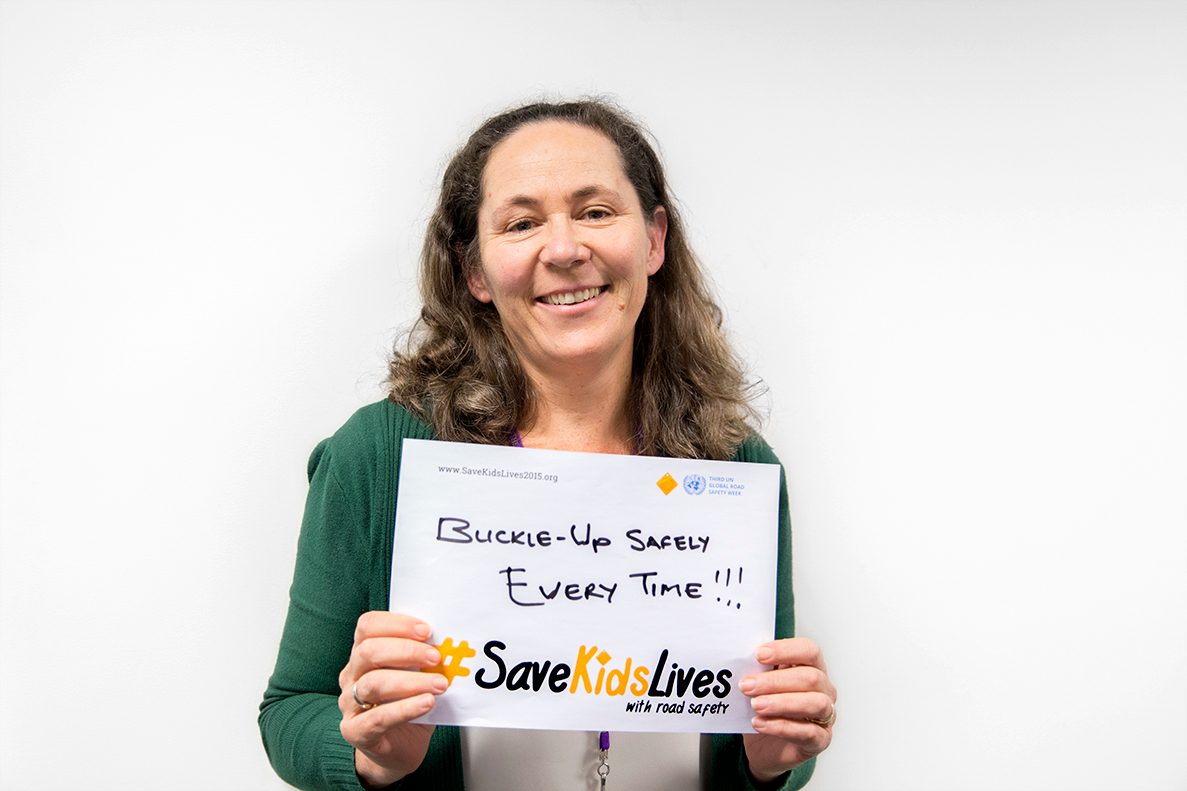
Research Fellow Kate Hunter: Committed to injury prevention in Aboriginal and Torres Strait Islander communities
Kate Hunter is a Senior Research Fellow in the Injury Division at The George Institute, has over ten years’ experience in injury prevention research and has produced several reports and guidelines for government and non-government organisations. Kate is a recipient of a Poche Centre for Indigenous Health Postdoctoral Research Fellowship.
To explain to people what I do I say …
I always struggle with this – I tend to respond in snippets and generally choose to give a brief summary of one of the projects I’m working on. I make that choice based upon the person’s areas of interest. Almost always I begin with “I work in public health research”
How long have you been working at The George Institute?
I started my PhD here in August 2009.
What attracted you to working at The George Institute?
Many, many years ago I was working on a project, risk-taking in young males (with a focus on injury prevention). One element of that project included presentation of work conducted by a person by the name of Robyn Norton from the Institute for International Health. Yes, that was way back in 1999/2000!!! Robyn and Lawrence Lam presented their work, I liked the quality of their work and loved the concept of a research institute that had an interest in injury prevention. Fast track a few years, and I came across Rebecca Ivers presenting her work on novice drivers; once again, quality injury prevention research where findings were shared and connections with policy making apparent. The opportunity came my way to do my PhD at The George focusing on child injury, program evaluation and injury prevention for Aboriginal and Torres Strait Islander people, and I’ve not looked back since.
My first job was….
Working as a nurses’ aid in a residential aged care facility. Excellent way to listen to people talk of their lives, their take on the world and their place in it.
My biggest achievement so far….
In work, my biggest achievement is being here.
What are you currently working on?
I’m working on a number of projects at the moment, the main projects are:
(i) Buckle-Up Safely – safe travel for Aboriginal and Torres Strait Islander children
(ii) Evaluation of the Aboriginal Health and Medical Research Council’s child car restraint pilot program
(iii) Understanding burn injury in Aboriginal and Torres Strait Islander children
(iv) Writing up and dissemination of the Driver licensing and road safety for Aboriginal and Torres Strait Islander people study
What is a recent highlight?
Translation of key findings into the practice of state-funded programs. I contacted the Aboriginal Health and Medical Research Council’s (AH&MRC) public health unit to share key findings and lessons learnt from the child restraint projects (such as Buckle-Up Safely) that myself, Lisa Keay, Rebecca Ivers and others had worked on. We (TGI and AH&MRC) are both now working on separate child restraint programs for Aboriginal communities in New South Wales; twelve communities with Buckle-Up and twelve with AH&MRC.
What difference will this make to healthcare and why?
Through the connection between ourselves and AH&MRC, in 2015/2016 there will be 24 different Aboriginal and Torres Strait Islander communities across NSW with access to a co-ordinated, child restraint program that is informed by our previous research. From here we are working out ways to keep the programs going and running beyond the 24 communities and, importantly, beyond their funding life.
What is your professional background?
Originally, I came from a clinical background working as a general registered nurse in Sydney, London and the United States. I worked in burn care in both Sydney and Kalamazoo, Michigan; as a nurse educator with UTS then into injury prevention research.
Why do you enjoy working at The George Institute?
Is it the wonderful, interesting, hard-working people? The research systems that are in place? The shared commitment to work and outcomes? The strengthening of capacity and commitment to injury prevention in Aboriginal and Torres Strait Islander communities? The connection between research, policy, practice and community? The high calibre of people committed to research? Or the Brazilian BBQs? Would have to be all of the above!
To unwind at the end of the day I….
Breathe, listen to my kids doing the dishes with music blaring and relish in the messiness of life.



